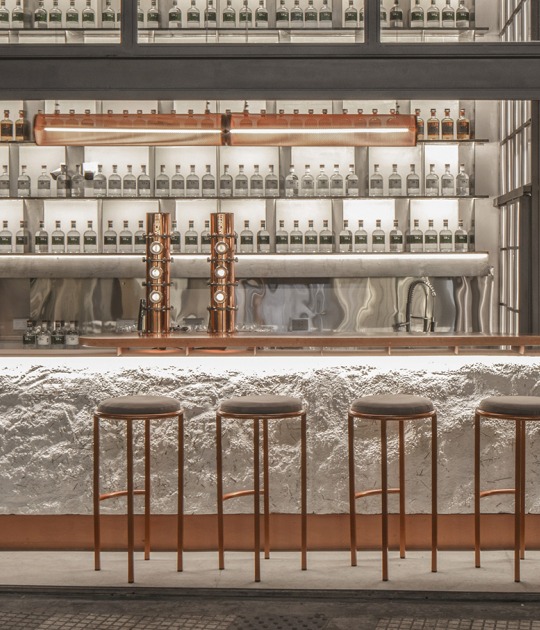We visited Peter Zumthor – one of the world’s leading architects – in his studio in Switzerland. In this extensive and rare biographical video interview he tells the captivating story of his childhood, his studies in NYC and his parents’ strong influence.
Zumthor – who works from the small town of Haldenstein in Switzerland – likes being outside the big centres of the world, as it frees him of having to consider the opinions of his fellow colleagues: “If you work like an artist, you need your own separate space.” He does, however, also work well in the “anonymous sound” of a city, where it is also possible to find calm in “a protective ocean of sound.” There are, Zumthor feels, different kinds of silence, and finding one’s mental silence – being able to concentrate – is what is most important in order to work well.
“There’s nothing I’m not interested in.” Zumthor loves literature and music, but prides himself in taking an overall interest in different things, as it fuels him: “It’s a nourishing ground.” His constant appetite for learning gives him the tools to be able to understand whatever place or landscape he needs to work in, and being able to “feel a space” and having an idea how to react as an architect, is essential. When he designs his innovative architecture, Zumthor furthermore puts great emphasis on connecting the old with the new, rather than breaking with history. Likewise, he feels that all architects have a great social responsibility when it comes to creating buildings, which are both well crafted and sustainable.
Anything can be considered art as long as it’s done with personal devotion to the making of it, Zumthor argues: “I never decided to become an architect.” Starting out as an industrial designer, it was not until 1968 that he made the decision of becoming an architect and began participating in competitions, thinking to himself: “I can do this better.” As for the first competition he entered, he was kicked out in the first round – a pivotal experience that made him aware of the need to always improve.























![[Fig. 1] Haldenstein; view from the atelier on the left on the image and of Zumthor ́s current dwelling on the right. Photograph © Walter Mair [Fig. 1] Haldenstein; view from the atelier on the left on the image and of Zumthor ́s current dwelling on the right. Photograph © Walter Mair](/sites/default/files/styles/mopis_home_news_category_slider_desktop/public/lead-images/metalocus_peter-zumthor-parte2_01_p_0.jpg?h=51a24dbd&itok=jjun8aaL)
![[Fig. 1] Peter Zumthor photographed in his house. © Dominik Gigler [Fig. 1] Peter Zumthor photographed in his house. © Dominik Gigler](/sites/default/files/styles/mopis_home_news_category_slider_desktop/public/lead-images/metalocus_peter-zumthor-parte1_01_p_0.jpg?h=8493223e&itok=723vDens)




